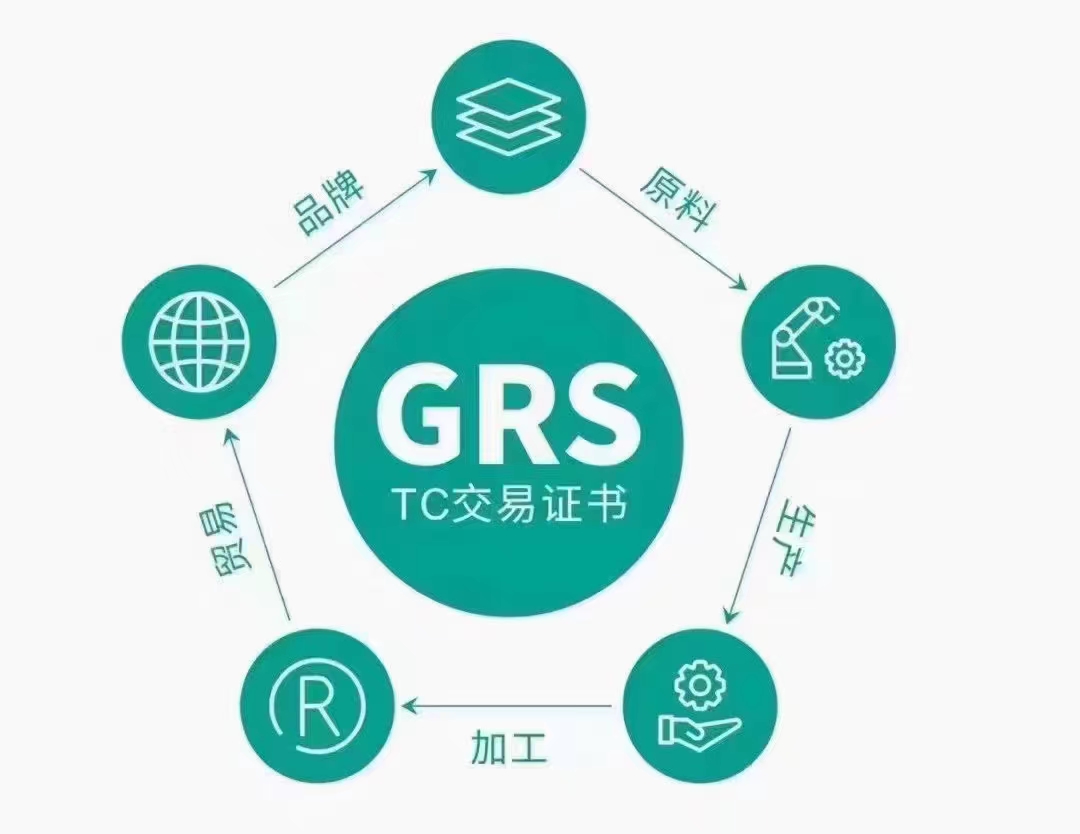GOTS认证辅导-GOTS框架下企业如何量化补救措施的有效性
GOTS Section 4.1.1 (vi)
GOTS第4.1.1节(vi)款
“The Certified Entity shall enable remediation when appropriate”
“适当时,被认证实体应能够实施补救”
GUIDANCE
准则
1. Establish processes to enable remediation in the Certified Entity's own operations (e.g. Operational level grievance mechanisms).
1. 制定流程,让被认证实体在自身经营中能够实施补救(例如:经营层面的申诉机制)。
• The Certified Entity has established a process to enable remediation in relation to human rights impacts.
• 被认证实体已制订流程,让其能够针对人权影响实施补救。
• The Certified Entity is encouraged to establish processes to enable remediation for adverse impacts other than human rights impacts (e.g. labour or environmental impacts).
• 建议被认证实体制定流程,让其就人权影响以外的其它不利影响(例如:劳动或环境影响)实施纠正。
• Where a grievance mechanism is established, it is based on the core criteria:
• 如果确立了申诉机制,该机制将以以下各项为核心标准:
a. Legitimacy;
a. 合法;
b. Accessibility;
b. 方便;
c. Predictability;
c. 可预测;
d. Equitability;
d. 公平;
e. Transparency;
e. 透明;
f. Being dialogue-based.
f. 基于对话式。
• Where a grievance mechanism is established, it does not preclude access to judicial recourse (e.g. through legal waivers) for victims of gross human rights violations, and the enterprise does not interfere with civil or criminal investigations or human rights examinations.
• 如果确立了申诉机制,该机制不妨碍人权严重受到侵害的受害者寻求司法援助(例如:通过合法弃权),而企业不妨碍民事或刑事调查或人权检查。
• GOTS encourages Certified Entities:
• GOTS鼓励被认证实体:
a. to consult existing guidance on establishing operational-level grievance mechanisms.
a. 咨询关于建立经营层面申诉机制的现有指导。
b. to publish complaints.
b. 公开投诉。
2. Commit to hearing and addressing complaints raised through legitimate processes (a non-operational level mechanism)
2. 承诺受理和应对通过合法流程(非经营层面机制)提出的投诉
• The Certified Entity engages in legitimate processes that enable it to hear material and substantiated complaints against it that it has caused or contributed to harm in its supply chain.
• 被认证实体密切参与合法流程,让其能够受理其遭受的,且已对其供应链造成损害的重大,已经证实的投诉。
• Where a grievance mechanism is established, it is based on the core criteria:
• 如果确立了申诉机制,该机制将以以下各项为核心标准:
a. Legitimacy;
a. 合法性;
b. Accessibility;
b. 方便性;
c. Predictability;
c. 可预测性;
d. Equitability;
d. 公平性;
e. Transparency;
e. 透明度;
f. Being dialogue-based.
f. 可对话性。
• Where a grievance mechanism is established, it does not preclude access to judicial recourse (e.g. through legal waivers) for victims of gross human rights violations, and the enterprise does not interfere with civil or criminal investigations or human rights examinations.
• 如果确立了申诉机制,该机制不妨碍人权严重受到侵害的受害者寻求司法援助(例如:通过合法弃权),而企业不妨碍民事或刑事调查或人权检查。
• GOTS encourages Certified Entities:
• GOTS鼓励被认证实体:
a. to consult existing guidance on establishing operational-level grievance mechanisms.
a. 咨询关于建立经营层面申诉机制的现有指导。
b. to publish complaints.
b. 公开投诉。
3. The Certified Entity provides for or contributes to remedy in cases where it has caused or contributed to adverse impacts
3. 被认证实体已导致或造成不利影响时,提供或实施补救措施
• Remedy seeks to restore the affected person(s) to the situation they would be in had the harm not occurred.
• 补救措施旨在让受影响者恢复至未发生损害时的状态。
• Remedy meets national laws and international guidelines, and where standards are not available, the remedy is consistent with previous cases.
• 补救措施符合国家法律和国际准则,无可用标准的情况下,补救措施应和之前的一致。
• The Certified Entity engages with affected stakeholders in the determination of the remedy.
• 被认证实体与受影响的利益相关者密切配合确定补救措施。
• The Certified Entity assesses the level of satisfaction with the process and the outcome of those who raised the complaints.
• 被认证实体评估投诉者对流程的满意程度及处理结果。




























 18576401396
18576401396 




